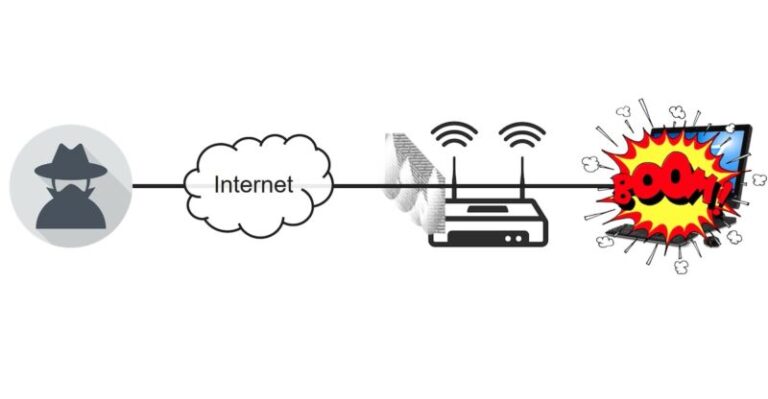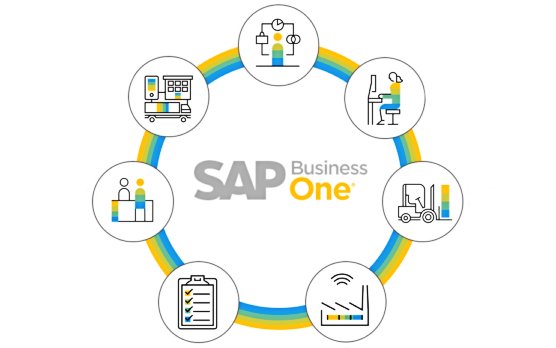
Welcome to The Make it Big Podcast, a bi-weekly audio series about all things ecommerce by BigCommerce.
In its 2021 holiday report, Trustpilot revealed must-know consumer insights leading into yet another unprecedented holiday season. Trustpilot VP of Revenue Brian Merritt joins the Make it Big podcast to explore the report’s holiday predictions on the retail landscape, customer experience and consumer buying patterns.
Retailers can learn how consumers will be shopping, what they will be buying, and how to best prepare to meet customers where they are this year. With consumer expectations higher than ever, we’ll also dive into the role ‘trust signals’ play in delivering a seamless overall customer experience.
All episodes of The Make it Big Podcast are now available on Spotify, Apple and Google.
The Make it Big Podcast: Episode 9
Melissa Dixon: Now that many brick and mortar stores are opening up again, what can we expect to see this year in terms of that hybrid retail experience?
Brian Merritt: “When I think about this year’s holiday experience, the word that comes to mind is seamless. We’ve talked a lot in the past about omnichannel. But now, omnichannel is more than just where you’re selling. It’s also how they’re doing pickup, how they’re doing returns. Is it curbside? Is it in stores? Is it buy online, pick up in store [or] buy online, delivery? There are so many different options at both ends of the purchase process from where consumers start — mobile, desktop, potentially even voice — to where they end, and that’s curbside, or buy online, or ship to home, or delivery. Or enjoy the experience, because it’s not all about physical goods, it’s about experience as well.
“When I look forward to this, yet again, another unpredictable year, I think across the retail spectrum, we have better understanding of the risk mitigation tools that we need to put in place. So, as customers are coming back to the stores — and they want to come back to the stores unlike last year where we were all figuring it out — this year we’ve kind of figured it out.
“We understand what it means to have customers come in our stores in these trying times, in these interesting times, and that’s why the in-store experience is going to be even more crucial than ever. Your customers want to see it as a value add. ‘Why am I going into their store? What am I getting there? Do I pick it up? Do I touch it?’ Customer service is obviously huge, and we’ll get to that a little later on. But again, the key word for this holiday season is seamless.”
MD: I’d love to get your perspective on how customer service fits into the frictionless shopping experience, and what do merchants really need to take into account with customer service during the holidays?
BM: “Customer service, we all think about as a reactive thing. It’s something that happens post transaction. Customer service actually starts during the buying process — the bots that pop up on site and how we are supporting buyers to make that purchase decision and advance through our funnels.
“So, customer service is at all touchpoints. It isn’t post purchases and post delivery. It starts with, ‘Do you have this size? Do you have this color? Where can I find this on your site? Where can I find this? I heard about that?’ So, the bot aspect becomes important there.
“When we think about our analysis that we ran, over 30 million reviews that were taken during holiday, customer service comes up. When it comes to positive reviews, excellent service and fast delivery were the most common two-word phrases used in positive reviews. ‘Customer service’, also in positive reviews, is one of the top two or three mentioned phrases. Interestingly enough, it was also mentioned in negative reviews. Twenty percent of negative reviews talked about customer service.
“So, we might all think that people are leaving reviews of our products; they are leaving reviews about our people and our tools, and how we’re helping them and how we’re supporting them just as much. So, good customer service can make or break a customer experience. And if you have a bad customer service experience, what’s the probability that you’re going to go back and buy again from that company? Pretty low.”
MD: Where we’ll see customers shopping more this holiday season, and how can merchants best prepare to really meet those shoppers where they are?
BM: “There’s definitely an increased mobile usage happening, and the path to purchase is really starting on mobile. I think what’s important to keep in mind there is that mobile doesn’t necessarily mean app. Mobile can also mean a great mobile-friendly website. You might want to get that app up and running, and that’s important, but having an awesome mobile experience is just as important.
“And along with that comes social. In our holiday report, roughly 55% — 54.8% I think is the exact number — of respondents said that they were using social media to discover new products and new purchases. As we all spent last year upgrading our homes and doing more and more around the house and things like that, sharing that becomes more interesting, and where you’re buying becomes more interesting.
“As a result, the marketplace has become more interesting. Those locations where you can go and you can buy a variety of products at one become a place where people need to think about how they’re selling their products or addressing their consumers.
“The last part about addressing your consumers is you need to think about reviews across all of your channels, because people are looking for social proofs. Whether it’s Facebook reviews, Google reviews, Trustpilot reviews, that’s all considered part of that social proof . So, it’s really important that you think about those channels where your consumers are operating. It’s not just Instagram. Yes, Instagram is a big part of it, but it’s not just Instagram.
“Looking across the spectrum at all your channels and making sure your reviews look good everywhere and authentically represent your business and your products is key.”
MD: When is sort of peak purchase and peak review time during the holidays from your perspective?
BM: “I think the retailers are pulling things earlier. Consumers experienced a lot of shipping delays and product delays in 2020. As a result, they’re probably buying earlier. Cyber Monday will still be a big day, but there are going to be days before that. They’re going to be even bigger now.
“I think that’s actually going to lead to a different set of problems. If we all say we’re buying earlier, we’re going to cause the same pent-up demand., but at least we’ll get our products in time unlike last year. I think that’s a big element there.
“I think merchants are experiencing promotion fatigue. I think last year it was about how do we keep the lights on and what kind of offers do we need to keep people spending? I think this year, it’s going to be about, ‘Hey, I actually need to get back to making a profit here and making some margin and being able to grow my business.’ So, how do I pare back all of my promotions, all of my offerings, get a bigger basket out of the event?
“That’s where the review collection, the spike in reviews, is going to happen. Typically, the service reviews happen the next day following it, so you want to make sure you’re on top of that. But product reviews tend to happen 7 to 14 days later. You want to give consumers a chance to not just have received the product, but then have enjoyed the product.
“So, understanding where you should ask for reviews in your cycle is pretty important. But there is absolutely going to be that spike, and you need to prepare for it. I think the key is as much as everyone’s planning right now for their promotional offerings, for their shipping plans, for their product offerings, you need to also be planning for your review collection and reply strategy.”
MD: Do you have any best practices or any success strategies you’ve seen with taking the holiday review findings and moving into the new year?
BM: “The product side of the house is huge because you’re doing your product development. You probably started now for 2022, but definitely by January or February for 2022. So, getting that feedback on what elements of your products worked well, what elements of your service worked well.
“What does it mean to offer overnight delivery? What’s that going to cost us? It’s going to take some time to do that cost benefit analysis. So, doing that review analysis as you’re doing part of your post mortem in January is huge in putting out a reminder that we need to think about alternative shipping options, we need to think about additional colors and sizes if you’re offering different products.
“What are those intangibles you can do in blending the review data with what you’re finding from your customer experience team is super helpful. You’ve got some on-the-ground understanding of what issues people are calling in for. But then, where did that get elevated?
“That effort that people leave reviews, good or bad, is significant. I think we all see it. We’re asked more and more to leave a review, whether it’s an in-app quick star rating based on something, whether it’s a post customer service call or text that you get, or whether it’s an email from delivery.
“The review ecosystem is pretty broad when you start thinking about it, and that’s where independent platforms like Trustpilot come into play. It’s one thing when you ask for review about your company using your own tools. It’s another thing when you have a third party validate that through the tools that we offer in terms of consumer content, integrity and things like that.”
For even more insights, explore Trustpilot’s 2021 Holiday Report and stream full episodes of The Make it Big Podcast on Spotify, Apple and Google.






